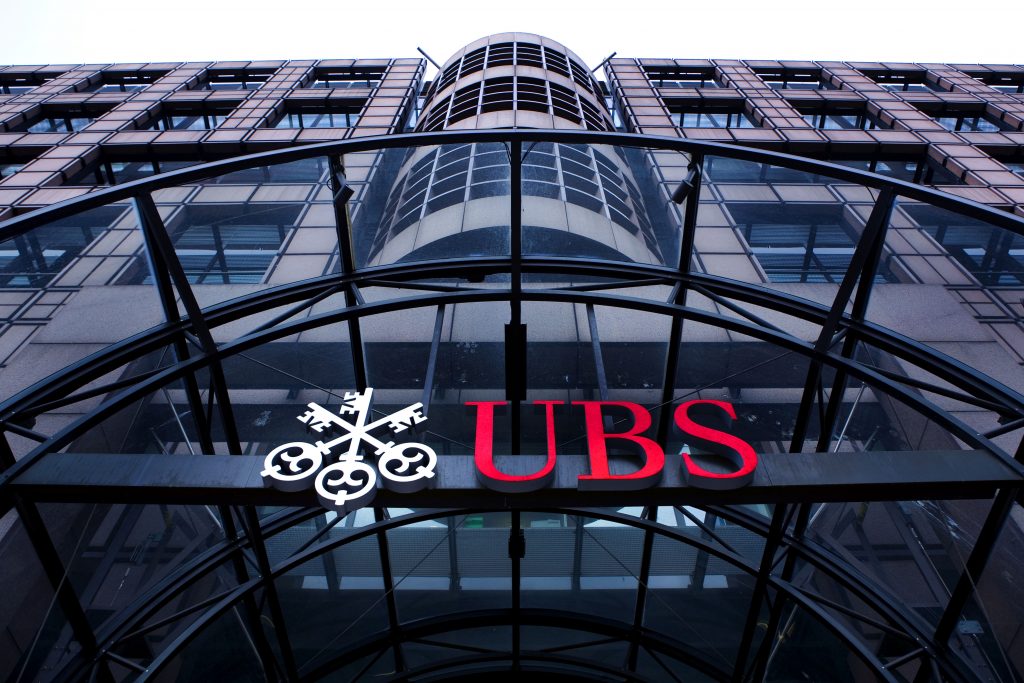Orbit36 quoted in the Swiss press on the Too-Big-To-Fail report

Banking regulation keeps Switzerland engaged these days. The publication of the long-awaited report on banking stability by the Swiss Federal Council on 10th April 2024 triggered an intense debate around the Too-Big-to-Fail (TBTF) regulation. This in light of the merger between UBS and Credit Suisse, which created a huge bank with a balance sheet double the size of the Swiss GDP.
Orbit36 was over the last days frequently consulted by the Swiss media, with a particular focus on the proposed capital requirements for systemically important banks (SIBs). In this blog article, we summarize our views and the various quotations in the press.
Before the publication of the TBTF report, we were asked about the implications of an increase in the unweighted leverage ratio for SIBs. Some politicians and academics proposed an increase from currently 5 percent to 10-15 percent, entirely held in the form of Common Equity Tier 1 (CET1). As mentioned in a preview by Reuters on 8 April 2024 https://www.reuters.com/business/finance/ubs-brink-switzerlands-too-big-fail-reckoning-2024-04-08/, Orbit36 believes that this is unrealistic. It would for UBS mean more than 100bn USD of additional equity capital. The other Swiss SIBs ZKB, Raiffeisen and Postfinance would also face a two-digit billion incremental capital need. In an article in NZZ am Sonntag (Neue Zürcher Zeitung) https://www.nzz.ch/wirtschaft/sergios-ermottis-wachstumsplaenen-droht-ungemach-aus-der-politik-ld.1824940), Orbit36 Managing Partner Andreas Ita said that we could reach a point above which higher capital requirements for banks create more harm than use, as the costs would negatively impact the Swiss loan market.
Fortunately, the report released on 10 April 2024 shows that the Swiss Federal Council abstains from a general increase of the capital requirements for SIBs. Instead, they suggest institution-specific capital add-ons which additionally consider forward-looking elements. The details on how this will be implemented remain unknown. The report mentions a broad range of possible approaches, covering Pillar 2 add-ons based on market-based indicators, risk-profile, profitability, governance related surcharges and stress tests. The latter are already a well-establish tool to inform Pillar 2 capital requirements in other jurisdictions, e.g. the European Union and the US. For this to be implemented in Switzerland, FINMA’s Loss-Potential Analysis (LPA) may need to be extended to other SIBs and/or large banks.
The Handelszeitung focused on 8 April 2024 on the parent bank topic and explained how the current valuation methodology for the foreign and domestic banking subsidiaries possibly inflated the regulatory capital of Credit Suisse AG (Parent Bank). https://www.handelszeitung.ch/banking/wie-die-credit-suisse-sich-ihr-eigenes-grab-schaufelte-699802) We share this concern and believe that it aggravated the crisis at Credit Suisse. From 2019 to 2023, Credit Suisse’s parent bank had to impair its subsidiaries by over 50bn CHF, which substantially eroded the entity’s capital base. This had though no implications for the consolidated group. In the article, Orbit36 points to the fact that the capital adequacy rules below group level are not covered by the Basel framework. It is in the discretion of each jurisdiction to set the rules. While the UK applies a full deduction of the participation values from CET1, the US does not even apply solo-capital requirements for below group entities. The European Union applies a deduction approach, but often grants exemptions.
The TBTF-report raises the parent bank as a key priority. It highlights several difficulties which played a role in the Credit Suisse crisis. First, the tight capital situation at the parent bank limited the strategic options available to the bank’s management. Exiting or selling certain businesses was not possible, since the necessary write-down of the subsidiaries‘ book value would have created a whole in the capital of the parent bank. Secondly, the weak capital situation of the parent bank undermined the trust in the entire group. Thirdly, it hampered the discussion of the Swiss authorities with their foreign counterparts about a possible resolution. According to the report, UBS currently underpins its foreign subsidiaries only with around 60 percent of capital. This allows the bank to apply a material “double leverage”, e.g. to fund the equity in subsidiaries with debt. The Swiss government wants to restrict this in the future and plans a full or partial capital underpinning of the foreign subsidiaries, but leaves important details open, e.g. on how and to what extend this should happen. As a consequence, estimates for UBS’s incremental capital need vary from 15bn to 25bn CHF. Swiss Finance Minister Karin Keller-Sutter said on Monday that this range would be realistic.
The market reacted to the tighter capital requirements. The share price of UBS fell within a week by 9 percent, eroding around 8bn CHF of market capitalization. In an interview with Finanz und Wirtschaft, Andreas Ita talks about the possible implications for UBS. https://www.fuw.ch/bankenexperte-andreas-ita-ubs-muss-wohl-kapitalplanung-ueberdenken-508561420972) He regards 25bn USD as the upper bound of the incremental equity need if the participations in foreign subsidiaries would need to be fully underpinned with CET1, which makes limited sense to him. Instead, he believes that the requirements could be partly met with gone concern capital, e.g. bail-in bonds, since the capital is mainly needed to cover risks under a resolution scenario. This could help to mitigate the so called „Überschiessen“, which describes the situation in which the capital requirements for the parent bank determine the capital need for the group and drive it above the ordinary TBTF requirements.
We see the drop in the UBS share price as evidence that capital requirements matter for banks. They reduce the free cash flows attributable to shareholders (lower potential for share buybacks and dividend increases) and result in a lower market value. The observed share price decline at UBS shows that it is unrealistic to assume that the impact will be largely compensated by a lower cost of capital, as sometimes claimed by theory.
Managing scarce capital resources remains a key task for all banks. Orbit36 has the expertise to help banks to optimize their capital structure and efficient balance sheet usage.
